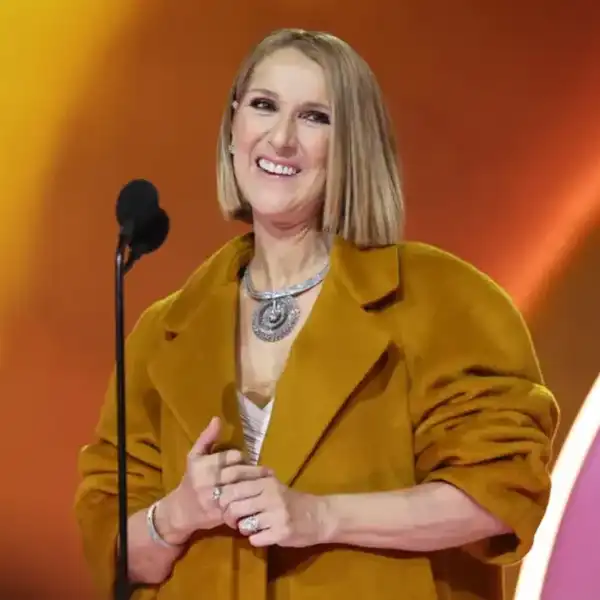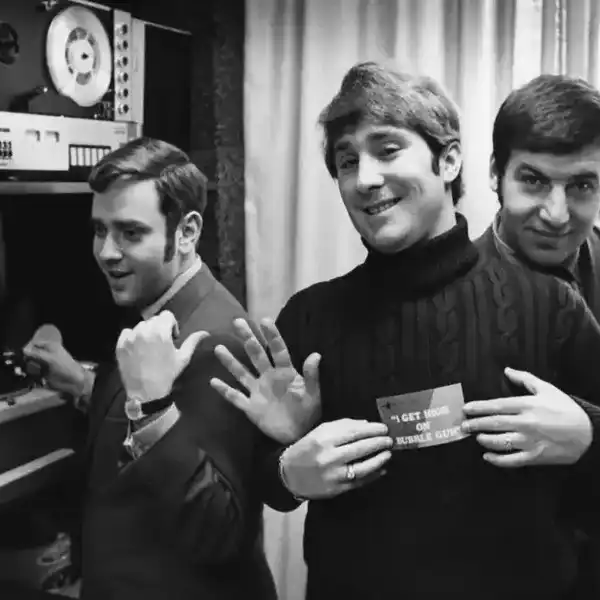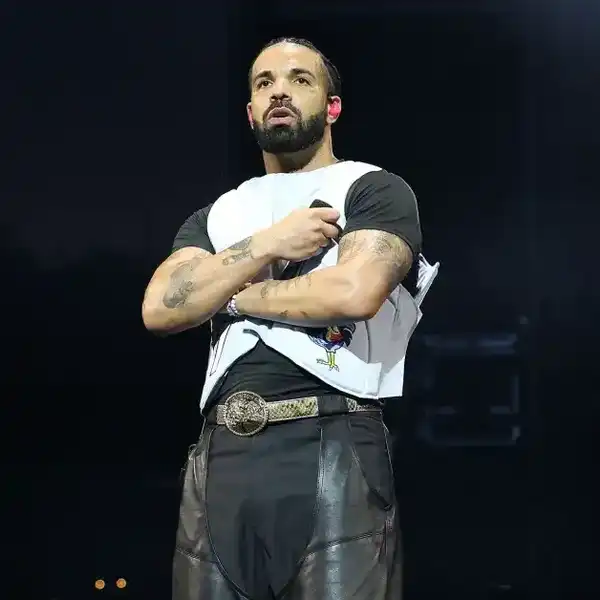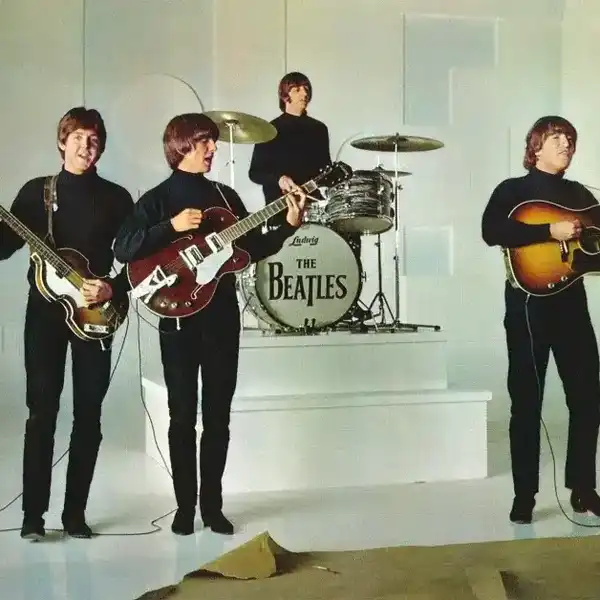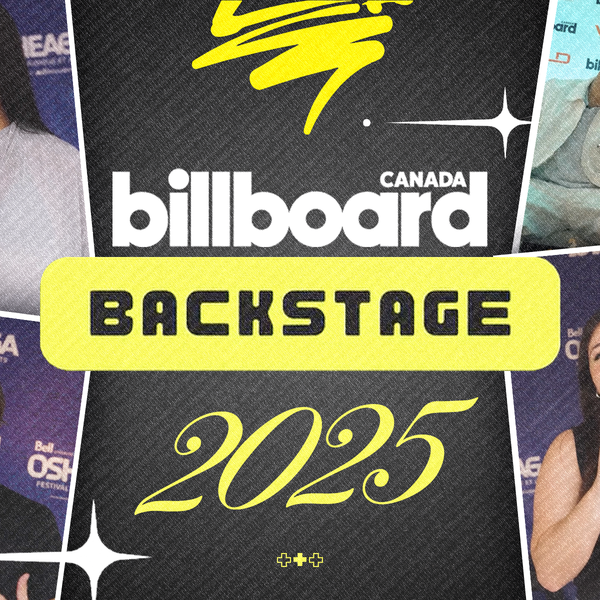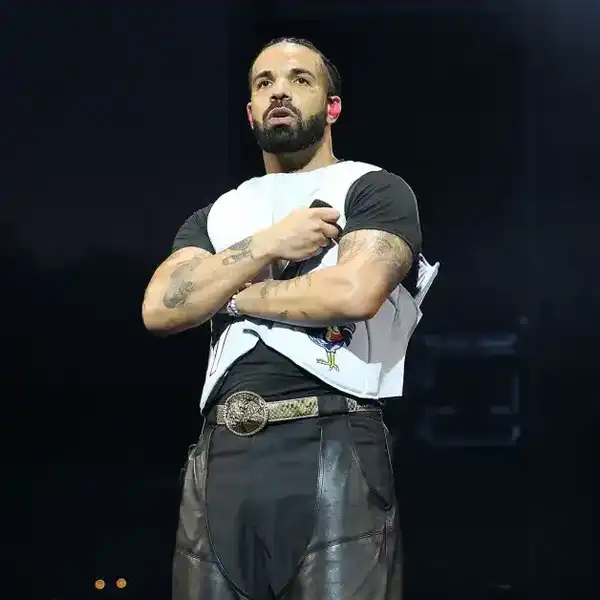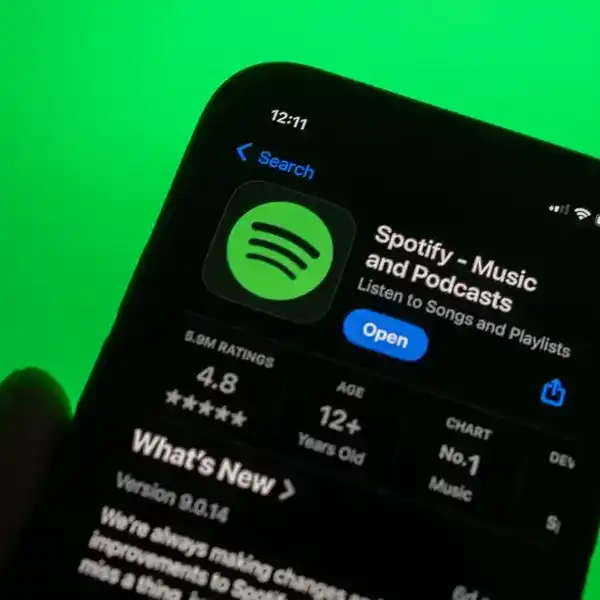Media Beat: January 03, 2018
A column about media and the regulatory environment within and beyond Canada's borders.

By David Farrell
Canadian media in the headlines in 2017
2017 marked another year of dramatic change and restructuring in the Canadian media industry. Newspapers and broadcasters continued to eliminate jobs and curtail their operations. Postmedia handed out more pink slips at local papers across the country, the National Post dropped its Monday edition this summer, Atlantic Canada found out it would no longer receive print copies of the Globe and Mail, and a major deal between Postmedia and Torstar led to dozens of dailies and community papers being shut down – some within hours.
Meanwhile, on Parliament Hill, the uncertainty over whether Ottawa would throw a lifeline to the industry’s ailing newspapers caused much tension and anxiety ahead of the government’s rollout of its new cultural strategy. The parliamentary committee on Canadian heritage released its long-awaited report on the future of local news in the spring. Months later, Canadian Heritage Minister Mélanie Joly announced her controversial ‘Creative Canada’ plan – which included no assistance for Canadian media outlets but boasted a $500 million investment by Netflix to create productions here in Canada, drawing the ire of creative groups and Quebec, in particular.
It was an eventful year, so here’s a look back at five major developments in the Canadian journalism world in 2017, in no particular order – Beatrice Bitneff, iPolitics
Bell simsub defeat a head scratcher
Bell Media is left hanging in the wind following its appeal of a regulatory edict that bars the company from substituting its own television feed and advertising for the U.S. signal during the Super Bowl.
A three-member panel of the Federal Court of Appeal ruled that the CRTC decision was reasonable, and rejected an argument that it conflicts with the Copyright Act.
Justice David Near, writing for the court, said he has some sympathy for the arguments Bell raised.
"There is a certain irony that legislation that has the protection of the Canadian broadcasting industry and its employees as one of its important objectives is being used to allow for the broadcasting of American ads during the Super Bowl to the apparent detriment of the Canadian industry and its employees," he wrote, according to a copy of the decision obtained by The Globe and Mail.
However, Justice Near continued, the Broadcasting Act sets out "disparate objectives" and it is the CRTC's job to "decide how best to balance competing policy objectives relating to broadcasting in Canada." He concluded it was not for the court to substitute its view for that of the CRTC.
It is not clear yet whether Bell will appeal – Globe & Mail
Debunking Michael Geist’s attack on website blocking
If a transparent, government-regulated mechanism, with an appeal process, was put in place to require ISPs in Canada to block access to offshore pirate websites that “blatantly, overwhelmingly or structurally” engage in or facilitate copyright infringing activities, would that constitute a “dangerous, anti-speech and anti-consumer proposal”? Apparently so, according to anti-copyright commentator Michael Geist, echoed by US online magazine, TechDirt, which headlined its story “Canadian ISPs And Hollywood Agree On Plan To Make Themselves Judge, Jury and Website Executioner”.
Clearly hyperbole knows no national boundaries – continue reading Hugh Stephens Blog
$27M spent to connect 1500 NL homes to the internet
The federal government is spending $27 million to bring high-speed internet to around 1,500 households in 70 rural and remote communities in Newfoundland and Labrador.
Federal cabinet minister Seamus O'Regan says spreading internet access to remote communities has been a priority of the Liberal government because it allows people to thrive no matter where they are – Fred Chartrand, CP
Canada’s top 100 highest-paid CEOs
This year’s average CEO salary among the 100 highest-paid executives topped $10.4M, which is 209 times the annual wage of an average Canadian.
The report’s author, CCPA Senior Economist David Macdonald, said the growing gap between CEOs and the average employee is particularly stark as several of these business leaders—Loblaw Cos. CEO Galen G. Weston, for instance—have been vocal opponents of raising the minimum wage. Only two media names appear in the top 10–former Rogers president and CEO Guy Laurence and Thompson Reuters President/CEO James Smith who collectively pocketed $42.4M in total compensation last year. Full list here
Fagstein's Media News Digest
Steve Faguy brings us up to date on media stories that broke over the holiday season.
Broadcast Dialogue interviews Montreal’s media man Steve Faguy
Trump’s New York Times interview is a portrait of a man in cognitive decline
In this interview, the president is only intermittently coherent. He talks in semi-sentences and is always groping for something that sounds familiar, even if it makes no sense whatsoever and even if it blatantly contradicts something he said two minutes earlier. To my ears, anyway, this is more than the president’s well-known allergy to the truth. This is a classic coping mechanism employed when language skills are coming apart. (My father used to give a thumbs up when someone asked him a question. That was one of the strategies he used to make sense of a world that was becoming quite foreign to him.) My guess? That’s part of the reason why it’s always “the failing New York Times,” and his 2016 opponent is “Crooked Hillary."
In addition, the president exhibits the kind of stubbornness you see in patients when you try to relieve them of their car keys – Charles P. Pierce, Esquire
The 5 biggest US media deals of 2017
2017 will most likely go down in the record books for a lot of things other than media deals, but it was a year where big content decided it was time to get bigger with big distribution sitting not so idly by.
AT&T – Time Warner:
AT&T’s $108.7 billion purchase of Time Warner Inc. was announced in late 2016 but was expected to be completed this year, ushering in a wave of content consolidation. Instead, it is headed for the courts after the U.S. Department of Justice moved to block the deal in November. While DOJ has virulently denied any intervention or influence from President Trump for the decision – despite the Chief Executive’s blatant hatred for Time Warner’s CNN – the move certainly seemed to send a signal to big media that the government would scrutinize deals that concentrated power in too few hands. That is, until…
Disney – Fox:
Trump’s favourite media company – 21st Century Fox, parent of Fox News Channel – announced a $66.1 billion deal to sell its movie studio, cable channels, regional sports networks and other assets, to Walt Disney Co. on Dec. 14. According to the New York Times, Trump personally called Fox executive chairman Rupert Murdoch to ask if the deal would affect Fox News (it won’t). Shortly after, through press secretary Sarah Sanders, Trump praised the deal, adding it could create jobs (some analysts think the opposite is true.) – Continue reading Broadcasting & Cable
Top 10 radio insights from 2017
A Nielsen year-end study reports that nearly 90% of all US radio listening involves consumers’ three favourite stations. So, while the importance of just a few outlets in a listener’s daily life remains unchanged, which radio format you prefer depends on a lot of factors, including your age.
Nielsen’s portable people meter (PPM) market data show some distinct differences when assessing the top 10 radio formats of the year, mainly when looking at preferences across different generations.
Overall in 2017, News/Talk improved on its success from last year, as did AC and Country. Pop Contemporary Hit Radio (CHR) had a down year compared with 2016, but it remained the top-ranked format in audience share among kids 6-11, teens 12-17, millennials aged 18-34 and persons 25-to-54. Urban Contemporary listening was more prevalent among younger audiences, whereas News/Talk radio (the No. 1 overall format each year in PPM markets) dramatically rises as we age.
The charts below break down the national listening landscape for the 10 most popular radio formats of 2017 in Nielsen’s PPM markets. Data used in this article is inclusive of multicultural audiences. Hispanic consumer audiences are composed of both English and Spanish-speaking representative populations.





